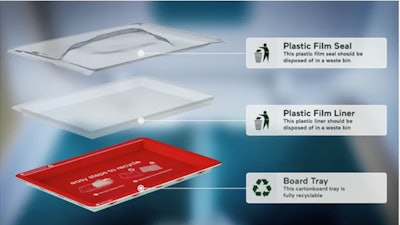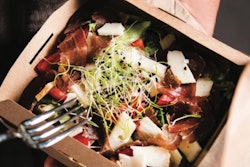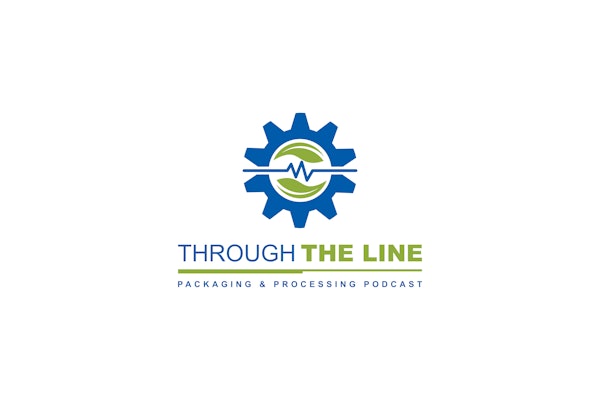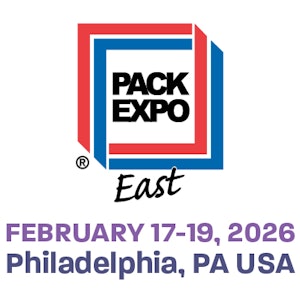
PaperSeal, presented at PACK EXPO Connects by Graphic Packaging International, is a fiber-based replacement for high-barrier plastic trays for modified atmosphere packaging (MAP) and vacuum skin packs (VSP) that recently won the 2020 Sustainability item of the year award from the Paperboard Packaging Council. The PaperSeal packaging system as a whole is a collaboration between G. Mondini and Graphic Packaging, where Mondini builds the line of tray formers and liners, while GPI developed the trays themselves and converts them for the brand owner.
During a demo during PACK EXPO Connects, Jeff Voyzy, Business Development Director at Graphic Packaging demonstrated via video exactly how the system works. The paperboard trays act as the supporting structural protection for the packs, with a thin internal film lining providing all necessary barrier properties. This paper tray with film lining, once filled with foods usually found in MAP or VSP trays, including meat, poultry, and fish, is then MAP or VSP sealed with another thin film to enclose the product. After consuming the packs contents, consumers need only separate the internal, food-contact film (and lidding film) and place each layer in the appropriate bin for recycling.





















